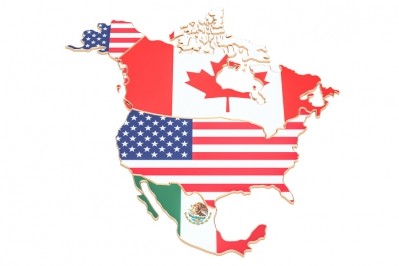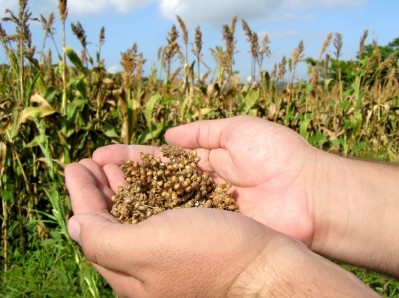US grain lobby ponders on how much exports matter

The National Corn Growers Association (NCGA) and US Grains Council (USGC) commissioned the report titled How Much Do Exports Matter, which was released in November.
The project analyzed economic contributions made by the export trade of feed grains like corn, sorghum, barley, dried distillers grains with solubles, corn gluten feed and meal along with the corn equivalent of meat for the US, individual states and 52 congressional districts.
International trade has been a topic of increasing interest for farmers, said Lesly McNitt, director of public policy for the National Corn Growers Association (NCGA). Feed grain producers increasingly think of their customers from a global perspective.
“For corn farmers, about 33% of their income is derived from exports of corn and corn products so that’s a big part of the bottom line,” she told FeedNavigator. Having access to the report and the data collected gives farmers the ability to discuss the value of the export market, she added.
“It helps us better tell the story of how important the [international] grains’ market is for the US,” she said. However, the report also offers a look at what feed and grain markets mean at the state and district level, she added.
Takeaway elements presented in the report include offering a better understanding of how important international markets are for feed grain and grain producers along with a look at the “ripple effect” of agriculture on the rest of the economy, she said.
“There’s a strong ripple effect when agriculture does well and we know that trade is important to agriculture and agriculture is important to trade,” said McNitt. “We hope that economic ripple effect is something that is better understood and valued at the end of the day.”
Report details
Overall, the analysis found that in 2015, the most recent year for which all of the information needed was available, about $18.9bn was generated by grain exports. Top producing states included Iowa and Illinois, which saw $5.6m and $3.8m, respectively
On a wider scale, about $55bn in economic output was indirectly supported by grain exports, the groups said.
“For every $1 of grain exports, the economic ‘ripple effects’ support $2.19 to the economy,” they said in the report. Among the industries that saw economic contributions were restaurants, hospitals and employment services industries.
“These results highlight the important role grain and grain products play in the US economy,” they said. “Fair and transparent access to international markets creates economic benefits that extend well beyond the nation’s farmlands, with the benefits reaching nearly every sector of the US economy.”
The role of agricultural trade in the larger community may be an area that is overlooked, said McNitt. “Trade and exports are not really tangible for people, the more we can make that connection, the more understood trade and exports will be,” she added.
“The community needs to do more to tell the story of trade and economic impact on other people and other professions,” she said.
In addition to the national perspective, the report highlights the market importance at the state level for producers and community members that work in areas that are tangentially influenced by grain production, said McNitt.
“It’s important in helping people wrap their head around what trade means to them,” she said.
Trade agreements
The focus on the role of the export market also may help provide more information regarding the role that trade agreements play, said McNitt.
“Concern and interest overlap these days,” she said. “We’re hearing about the NAFTA negotiations and modernization efforts – it’s been important, and to corn farmers, it’s critical to their livelihoods to stay in this agreement.”
Additionally, the sector would like to see efforts to identify new or expand existing markets, she said. “If American farmers want to be competitive around the world, formalizing relationships with markets that present those opportunities is very important – we want to preserve and expand upon the market,” she added.
“We want to do business with the rest of the world,” she said. “Asia is important, Latin America is as well and we’d love to see additional free trade agreements and see the government pursue those very aggressively.”












